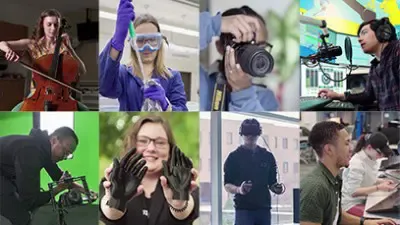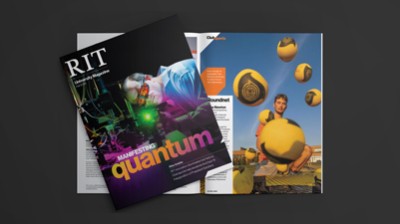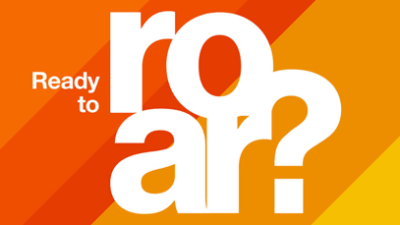Modern Languages and Cultures – Chinese Minor
- RIT /
- Rochester Institute of Technology /
- Academics /
- Modern Languages and Cultures – Chinese Minor
Curriculum for 2025-2026 for Modern Languages and Cultures – Chinese Minor
Current Students: See Curriculum Requirements
Contact
Program Contact
- Yuhan Huang
- Assistant Professor
- Department of Modern Languages and Cultures
- College of Liberal Arts
- 585‑475‑4092
- yhgsl@rit.edu
Offered within
the
Department of Modern Languages and Cultures
Department of Modern Languages and Cultures
Search RIT
This website uses cookies to provide better user experience and functionality. You can control and configure cookies in your web browser.
Cookie Statement
|
How to Disable Cookies










